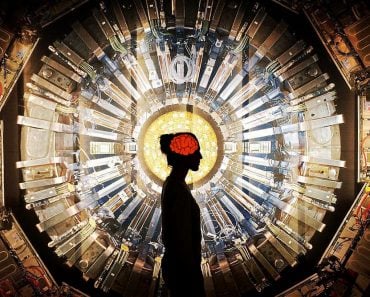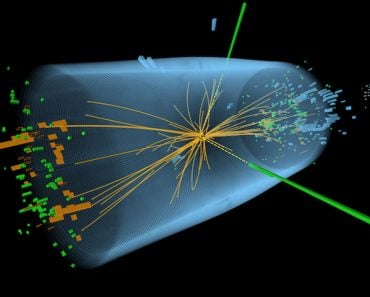Table of Contents (click to expand)
If you were to stick your head inside a particle accelerator, the vacuum would cause your head to explode from the inside out, the sub-zero temperature would turn your head into a Popsicle, the high energy of the particles would cause your head to melt, and the radiation would kill you.
Machines known as ‘Particle Accelerators’ weren’t popular or well-known among the general masses until quite recently. Only scientists, lab rats and physics junkies knew what these machines did, but in the age of the Internet, everything has changed. Also, another reason for the sudden boom in the popularity of this field is the success of ‘The Large Hadron Collider’.
Recommended Video for you:
What Is The Large Hadron Collider?
The Large Hadron Collider – or the LHC – is the single largest machine ever built by mankind. It also holds the honor of being the largest and most powerful particle collider, as well as the largest and most complex experimental facility, on the planet. It was built by the European Organization for Nuclear Research (CERN) between 1998 and 2008 in collaboration with over 10,000 scientists and engineers from more than 100 countries.
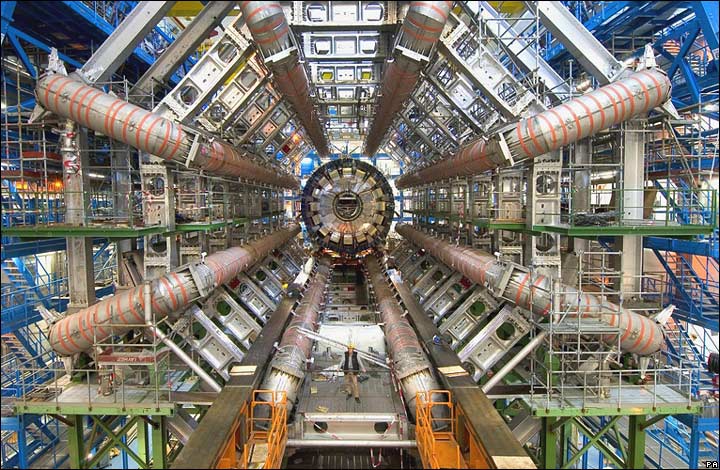
In 2013, using this machine, which lies in a tunnel 27 kilometers in circumference and 175m underground in Switzerland, physicists confirmed that they had found a particle called the ‘Higgs-Boson’, popularly referred to as ‘The God Particle’, thus opening new areas of research into the stability of the universe.
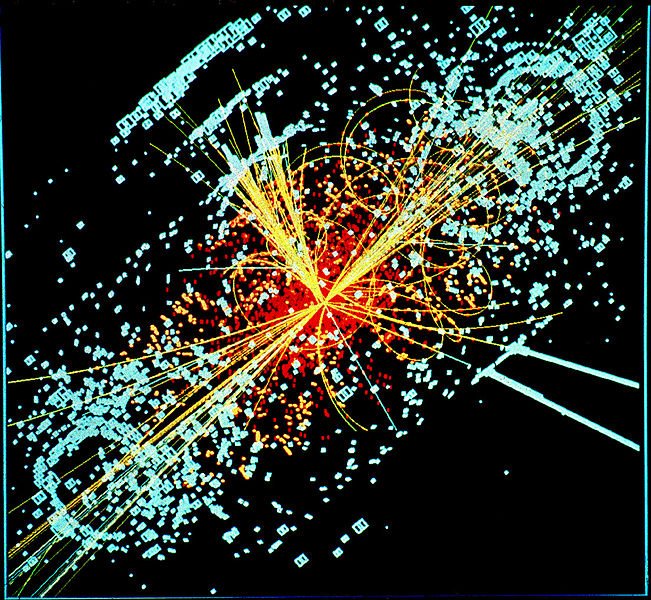
So… now that we’ve confirmed that these machines are quintessentially important, and fascinating, let’s fool around with a thought experiment. What would happen if you put your head inside the Large Hadron Collider? I know that scientists wouldn’t want you to try, and as it turns out, they have a very good reason for warning you.
What Happens Inside A Particle Accelerator?
Basically, particle accelerators are powerful machines that stimulate sub-atomic particles to move at huge speeds. The walls of the tunnel that contains the particles produce Electric and Magnetic fields to control the path of the particle. Think of these fields like the barrel of a gun, which controls the speed and direction of a bullet. Experiments are then conducted on the sub-atomic particles, including protons and electrons moving close to the speed of light, which makes them extremely energetic. A single proton, which is infinitely smaller than a bullet, moving at the speed of light could kill you a thousand times over.

Specialized accelerators can also be used as atom-smashers or Particle Colliders, by colliding two beams of particles moving in opposite directions at close to light-speed. These collisions can be studied to gain information about the building blocks of matter and possibly the creation of the universe itself!
So… Would Your Head Stand A Chance?
Leaving the real experiments to the experts, let’s see how creative you can get with one Particle Accelerator and one human head, assuming that you have both of them handy. There’s a lot of stuff going on inside such a complicated machine, and there is a lot of maintenance required to keep the environment inside the tunnel stable and suitable for experiments.
The Vacuum
Since so much effort and energy is spent to make the particles move so rapidly, scientists can’t afford useless collisions with air molecules. The presence of other molecules would give inaccurate results and irregular assessments. Now, if you were to stick your head inside such a vacuum, it would explode from the inside out due to the high pressure difference. On the bright side, this won’t be the first thing that kills you; it would take about ten seconds for your head to explode; in that time, you can think about why you’re doing this in the first place.
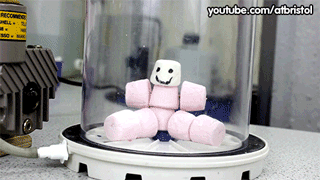
The Sub-Zero Temperature
The inside of the Large Hadron Collider is even colder than outer space. In order to conduct electricity without resistance, the LHC is cooled to a temperature of -271 degrees Celsius. Needless to say, your head would turn into a Popsicle before you could even register what was happening! Even so, the effects of extreme cold would take slightly longer than the real factor responsible for killing you.
High Energy Of The Particles
As you might know, sub-atomic particle beams moving at high speeds carry a lot of energy. In accelerators like the LHC, the particles are moving so fast that if you stuck your head in its path, the beam would go straight through you. In fact, even a block of copper weighing 6,000 tons would instantly melt into a liquid when exposed to so much energy. Therefore, when scientists need to stop a beam once they’re done with their experiments, they make the beam pass through graphite sheets to gradually bring them to stop.
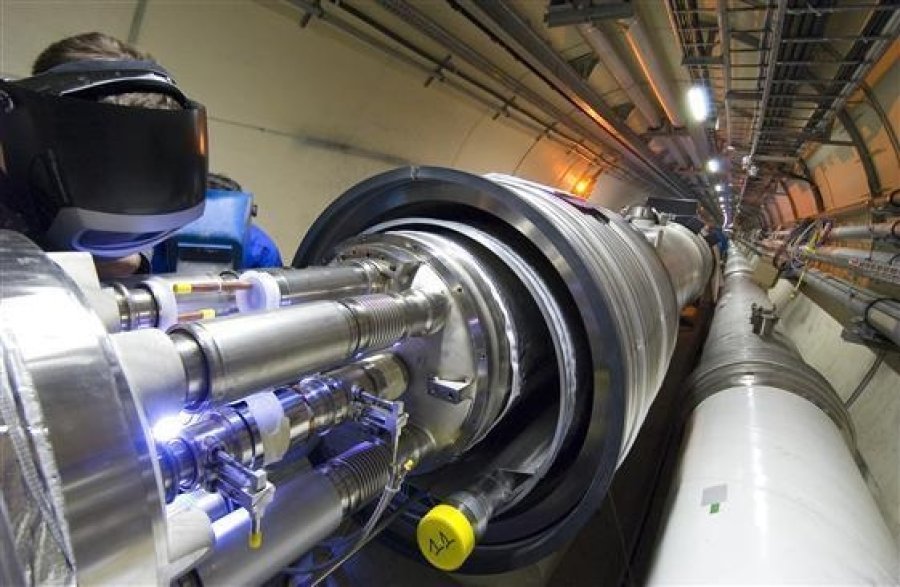
Radiation
The final feature of a Particle Accelerator that will most likely be the first to kill you is the radiation from the particle beam. In fact, we have scientific evidence to prove it. In 1978, a Russian Scientist named Anatoli Bugorski actually did stick his head in the path of an accelerated particle, going down in history as a real-world mad scientist. Bugorski was leaning over the equipment when he stuck his head in the path of the proton beam; it was not as powerful as the one in the LHC, but still highly energetic. Reportedly, he saw a flash “brighter than a thousand suns”, but did not feel any pain.
Miraculously, he didn’t die, but the left half of Bugorski’s face swelled up beyond recognition and, over the next several days, began peeling off. There was virtually no damage to his intellectual capacity, although the particle had burned through; he went on to complete his PhD, still alive, but living an unusual life. The amount of radiation he received should have been enough to kill him, but since no one else had ever experienced radiation in the form of a proton beam, his case is inconclusive.He was able to function relatively normally, except for occasional seizures.

The most bizarre side effect of this ordeal actually came later. The left half of his face became paralyzed due to the destruction of nerves over the two years following the accident. The right half of Bugorski’s face looks like a normal, wrinkled old man, but due to the paralysis, the left side of his face looks much younger! One half of his face looks as young as it was years ago, as though frozen in time.
So…. sticking your head in a particle accelerator is now a miracle aging cure? Maybe… if you’re ready to trade aging for paralysis, not to mention all the other dangers of sticking your head where it doesn’t belong!


